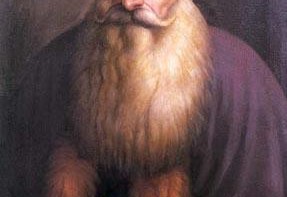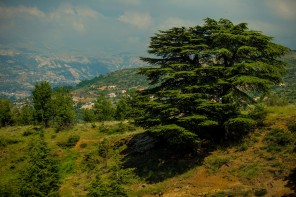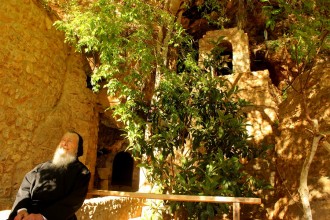The cedar forests of Lebanon enjoy the unique distinction as the oldest documented forests in history.
The cedars were featured prominently in the earliest written records of the Sumerians dating from the third millennium BC.
The Epic of Gilgamesh describes the cedar forests of Lebanon as being “one thousand leagues long and one thousand leagues wide”.
However, it was the Phoenicians along the coast of present-day Lebanon and from such ancientcities as Byblos, Tyre and Sidon, who became the principal dealers in the timber of the cedar.
Indeed, the cedars made a special contribution to the development of the Phoenician civilization by providing the timbers with which they developed their famous sea-going merchant boats -thus becoming one of the first, if not the first, major sea-going trading nation in the world.
The Phoenicians transported the cedar to Egypt, until Egypt conquered Lebanon and gained direct access to the forests, which were highly prized for building temples and boats.
Later the Babylonians took a similar interest in the cedars and obtained them for use in building the fabled city of Babylon.
People around the world are familiar with the cedars of Lebanon because of numerous references in the texts of the Old Testament.
The Bible records in some detail how King Solomon, King of Israel, asked King Hiram of Tyre to cut and transport vast quantities of cedar wood for building his temple and palace in Jerusalem.
In the 6th Century BC, Persian control of the Phoenician ports provided the Persians with the means of assembling a navy for use against their enemies the Greeks, who were already embarrassing the Persians with their mobility in the Mediterranean.
The expansion of the Roman Empire into Syria and Lebanon had a detrimental effect on the cedars until the Emperor Hadrian installed markers around the boundary of the remaining forests and declared them as Imperial Domain. Specimens of these markers have been preserved and held in museum collections.
Centuries later, during the early years of the twentieth century, the Ottoman Turks deforested all of the cedar growing areas within easy transport distance of their Hijaz railway to provide fuel for their wood-burning engines. Only the highest and most remote groves escaped damage.
In modern day Lebanon, the legendary cedar is still revered and remains prominent in the minds of all Lebanese. The cedar is featured on the national flag, the national airline, Government logos, the Lebanese currency and innumerable commercial logos. It is the feature of books, poetry, post cards, posters and art. The Cedars of Lebanon are an important part of the cultural heritage of the people of Lebanon.




